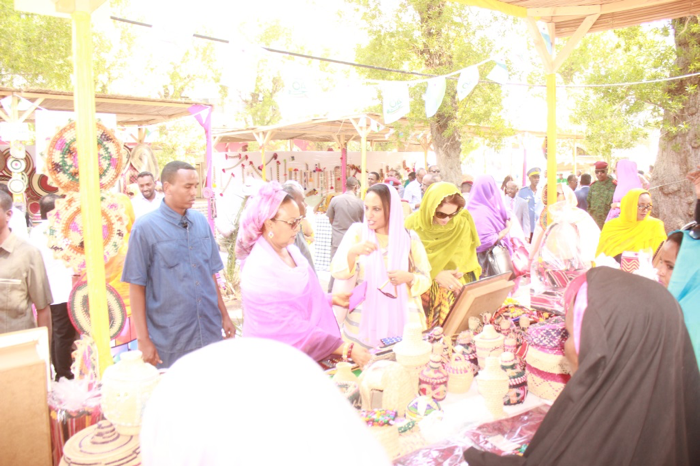Speeches Shim
WOMEN’S EMPOWERMENT

In Djibouti, 60.5 percent of women are illiterate. Furthermore, only 19 percent of women are employed as compared to 81percent of men, increasing the number of Djiboutian women that suffer from the effects of poverty. Although, the Government of Djibouti (GoDj) has made significant efforts to support women’s economic empowerment, women’s access to income-generating activities remains limited.
The primary goal of USAID’s grant to UNDP entitled “Women’s Empowerment and Community Strengthening” a two year and half activity is to empower poor vulnerable women living in suburban and rural areas by strengthening their skills and enabling them to create income-generating activities.
This activity, implemented by UNDP, has three main objectives: 1) Institutional capacity building for the Ministry of Women and Family; 2) Strengthening women’s income-generating skills so that they can create new economic opportunities; 3) Promotion of new women’s cooperatives.
USAID women’s empowerment activity main counterpart is the Ministry of Women and Family. The activity will build the capacity of the Ministry and will provide 847 women members, from 15 women associations, the training and tools to engage in small-scale economic activities in the 5 regions and outlying suburbs of Djibouti-city.
So far, through the UNDP’s grant USAID:
- Provided capacity building to Ministry of Women and Family officials on priority planning, and conflict management,
- Provided capacity building, raw materials and equipment to 10 local associations specialized in handicraft,
- Supported five agricultural associations with 1000 plants and agricultural equipment to enable them to practice small scale agriculture,
- Provided in-kind support to 71 women and vulnerable families to start an income generating activity,
- Provided literacy courses to poor women in national languages,
- Sensitized 290 women from the 15 associations on the advantages of cooperatives, the differences between associations and cooperatives, and governance and overall management of cooperatives, and
- Supported organization of exhibition fairs on handicrafts produced by women’s associations


Comment
Make a general inquiry or suggest an improvement.